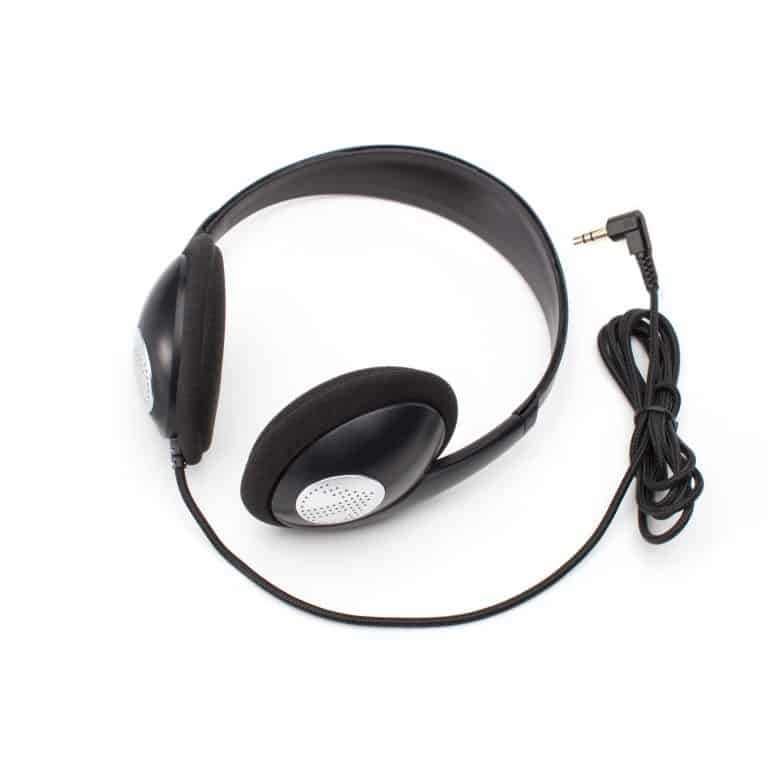Simultaneous interpretation equipment in Nunavut


Translation and Interpretation Systems and equipment in Nunavut

Find out more about simultaneous interpretation equipment for end users in Nunavut in this article.
What is simultaneous interpretation?
Simultaneous interpretation is a widely used method for interpreting a foreign language in real-time during meetings and assemblies. It requires specialized wireless tools and a soundproof booth dedicated to interpretation. The use of simultaneous interpretation equipment can be traced back to the 1920s when Edward Filene and Alan Gordon Finlay attempted to design such tools for reading already translated speeches. The concept of live simultaneous interpretation was not yet understood. After World War II, simultaneous interpretation equipment was developed and seen at a Nuremberg trial. The United Nations is credited with introducing simultaneous interpretation equipment into public use, despite initial resistance to its adoption.
Simultaneous interpretation equipment today
Simultaneous interpretation is becoming increasingly prevalent in global communication and conferences, leading to a growing number of equipment manufacturers and suppliers in the market. However, it’s important to be cautious about cheap options as equipment quality and design can vary significantly. The effectiveness of interpretation relies heavily on high-quality equipment.
To ensure quality equipment and effective interpretation, it’s essential to choose a specialized equipment company in Nunavut and avoid small entities like audio-visual companies. Interpreters and specialized agencies often have their equipment through industry partnerships.
For frequent or occasional use, it’s recommended to work with simultaneous interpretation agencies to rent equipment or obtain expertise rather than shopping around.

What configurations of simultaneous interpretation equipment exist?
There are three configurations:
There are three types of simultaneous interpretation setups: permanent installations, portable/mobile configurations, and whispering equipment.
Permanent installations are integrated into conference and meeting rooms and are often used by organizations such as the United Nations and the European Parliament. Each large meeting center is equipped with a booth where interpreters work, although the booths cannot be mobilized.
Portable/mobile configurations are necessary for venues that do not have their own permanent facilities. These booths must be set up before the events can start, and multiple booths are needed to accommodate several interpreters per language. While portable, these booths are equipped with lighting and ventilation.
Whispering equipment is a discreet and portable solution suitable for one person only. It consists of a wireless transmitter and receivers, making it practical for visiting or frequently traveling participants such as tour guides.

The indoor equipment of an interpreting booth
Simultaneous interpretation console
This equipment is an electronic box that ensures the diffusion of sound. It guarantees a connection with the audio and the interpreter’s microphone. Because of the number of interpreters in a booth, the simultaneous interpretation console must meet the appropriate numbers. Each interpreter must have his or her own headset and microphone.
The panel of the interpreting console also has several switches for changing the language, adjusting the volume and bass/treble, as well as for momentarily disabling the microphone (in case the interpreter should cough for example).
Interpreter headset
Very essential, every translator needs a headset. Conference professionals often use their own equipment when traveling. Therefore, suppliers provide high performance headsets with better voice diffusion.
For best efficiency, headsets should be binary. Perfect listening with both ears.
Microphone
Headset microphone: Practical and flexible, the microphone is often attached to your headset. The interpreter can move his or her head in any direction but the distance between the microphone and the mouth does not change.
Console microphone: As it is essential for simultaneous interpretation, the microphone is connected to the console. A dedicated connector is placed at the top of the equipment for its use.
Stand-alone table microphone: This type of conference microphone is free standing and separate, and is connected by cable to the console.
Unpleasant sounds may be produced from the microphone when a certain setting is made.
Among the types of microphones, it is better to opt for the effectiveness of the microphone built into the headset.
Other equipment:
- Lighting;
- Good ventilation;
- Chairs and tables;
- Internet connections;
- Electricity.
Wireless Receiver to delegate to Nunavut
To ensure that speakers can understand every aspect of the conference, they require wireless interpreting equipment system receivers. The audio stream from the speakers is transmitted to the interpreters, who perform simultaneous interpretation through the wireless transmitter.
Professional-quality audio equipment is essential for simultaneous interpretation, and it is recommended to rely on equipment suppliers and companies specialized in this type of equipment to obtain it.

